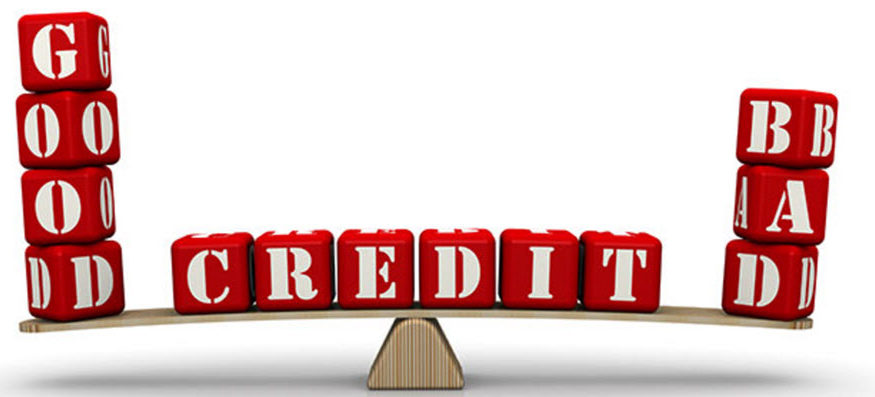Understanding The Different Levels of Bad Credit?
Most people understand that having bad credit makes it harder to get credit when you need it. It may lead to higher interest rates on your financial products or can lead a financial institution to reject your application. But, not everyone realizes there are levels of bad credit. While the exact scores that divide those with bad credit into smaller subcategories aren’t set in stone, there are some basic guidelines that can help you understand the severity of your situation.
With that in mind, here is an overview of the different degrees of bad credit and what you can do to improve your situation. You can also get a free copy of your credit report to be sure of your credit score/history here.
Mild Bad Credit
The first line within the bad credit category is mild bad credit, also referred to as poor credit. Often, this includes individuals with FICO scores between 600 and 650. At this level, you will find it challenging to get new credit, but it isn’t impossible.
Typically, to secure a new loan, you will either need to offer a large down payment or offer something as collateral to back the loan. Additionally, you will be charged higher interest rates to compensate lenders for the increased risk associated with extending credit to you.
Moderate Bad Credit
Anything below 600 falls squarely into the bad credit category. Often, people who reach this level have had significant challenges managing credit in the past, such as a history of missed payments, delinquent accounts, and even repossessions, foreclosures, or bankruptcies.
Once you reach this level, finding any form of credit will be incredibly challenging. Typically, you are limited to potentially predatory options like payday loans, or can only receive loans that are fully secured by suitable collateral. For example, you may be able to secure an FHA home loan with a score as low as 500, but there will be many other factors involved in securing your approval.
In some cases, specialty lenders that specifically work with or target individuals with bad credit may be willing to provide small amounts of funds, but the interest rate will be significantly higher than many people can reasonably manage.
Severe Bad Credit
Bad credit that falls into the severe category may not find a lender willing to provide a loan regardless of the presence of collateral. The exact point that this occurs is not set, as each lender can make their own decision regarding when they will simply reject an applicant based on their credit score.
Using the FHA minimum score as a theoretical cutoff, any credit score under 500 would be considered severe. With a score below that point, there are likely no reasonable credit options available without first raising your credit score.
What Can a Person with Bad Credit Do?
Anyone with bad credit can recover. To do so, you must take significant care to manage your existing credit well in order to improve your overall history. Often, this means making all of your payments on time, avoiding requests for new credit, and lowering your credit utilization.
Improving your credit will take time, as any previous blemishes will take time to fall off of your report and no longer impact your score. However, by taking control of your debt and credit usage, you can reach scores that will allow you to obtain credit when the need arises.
If you are dealing with financial issues and are worried you may not qualify for assistance due to a poor credit history, there are options. Learn more about financial assistance for those with a bad credit history here.

